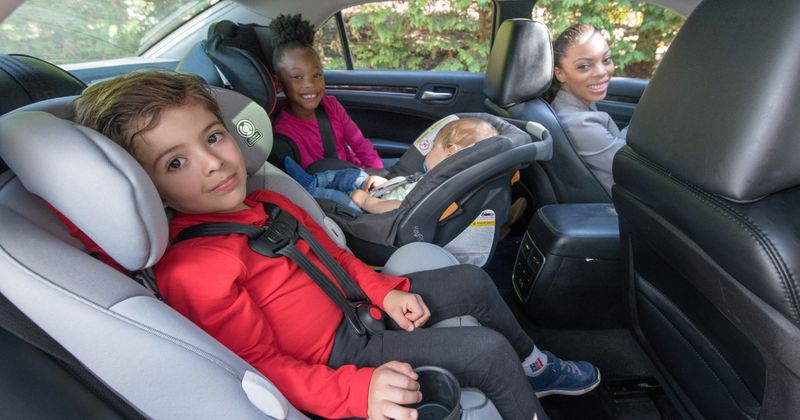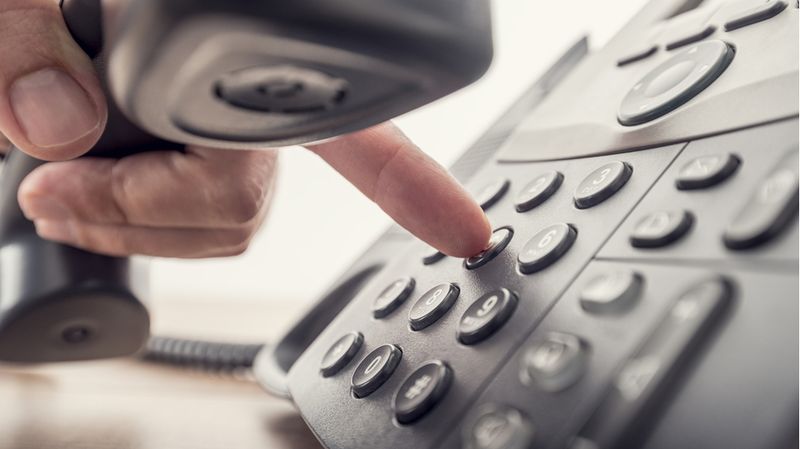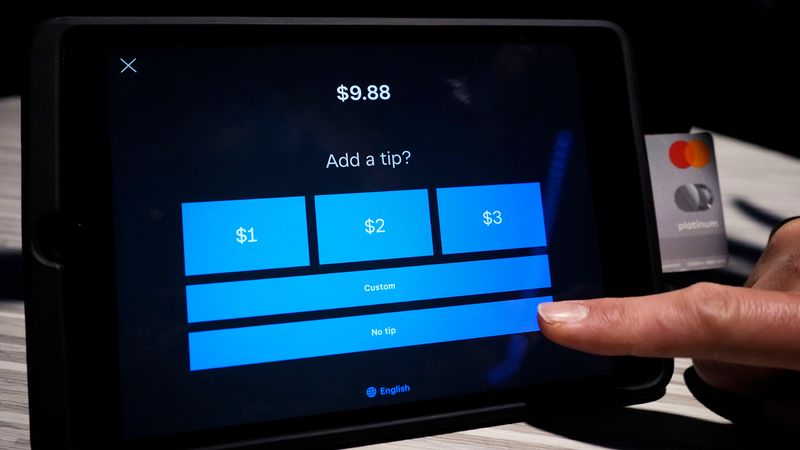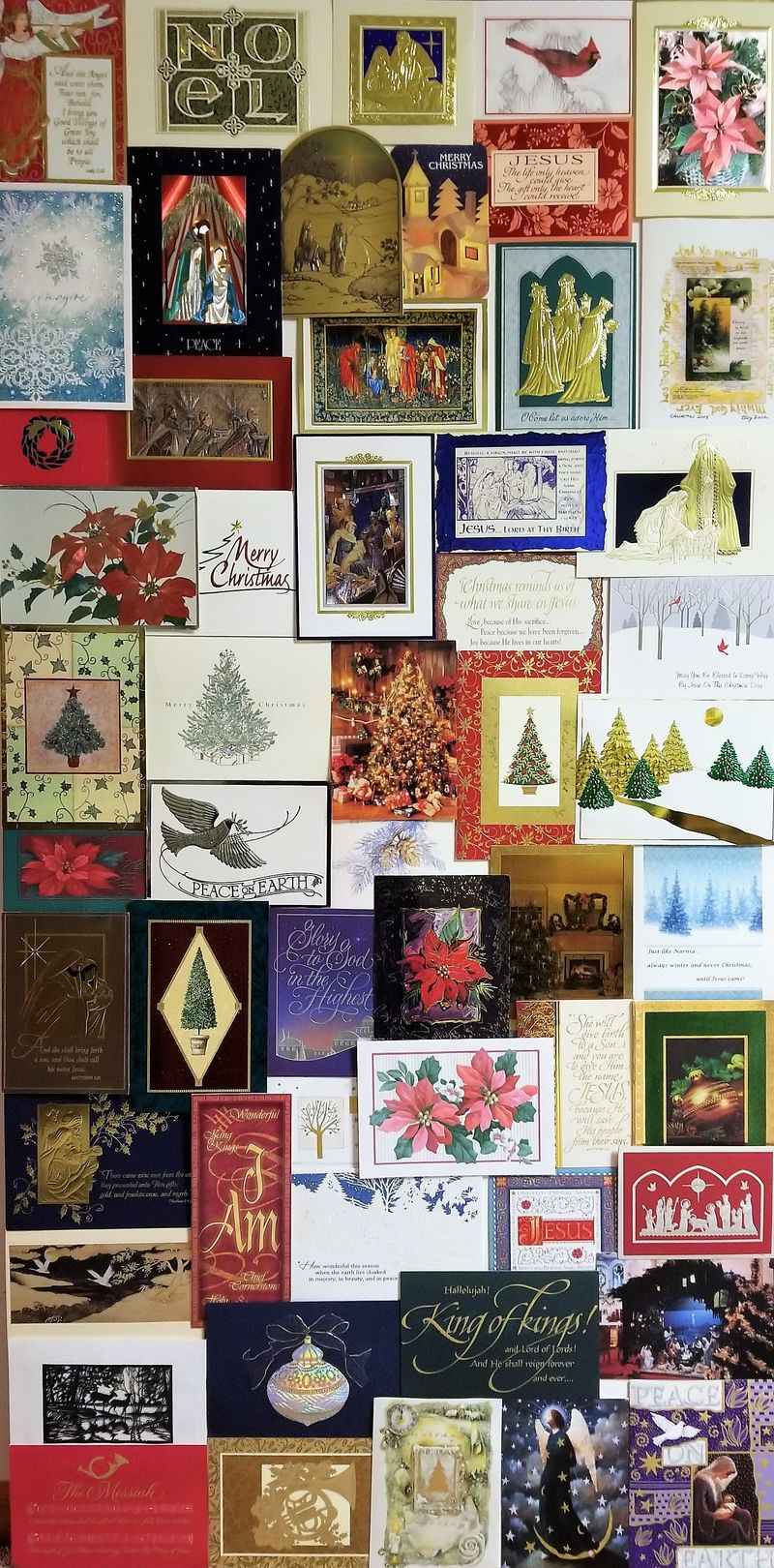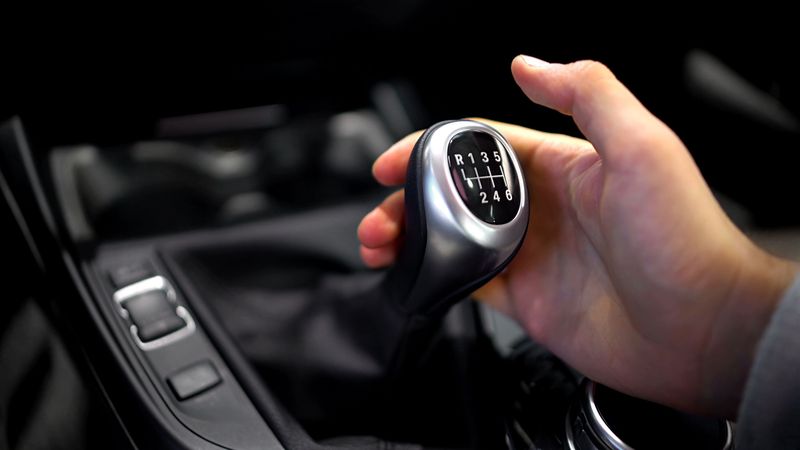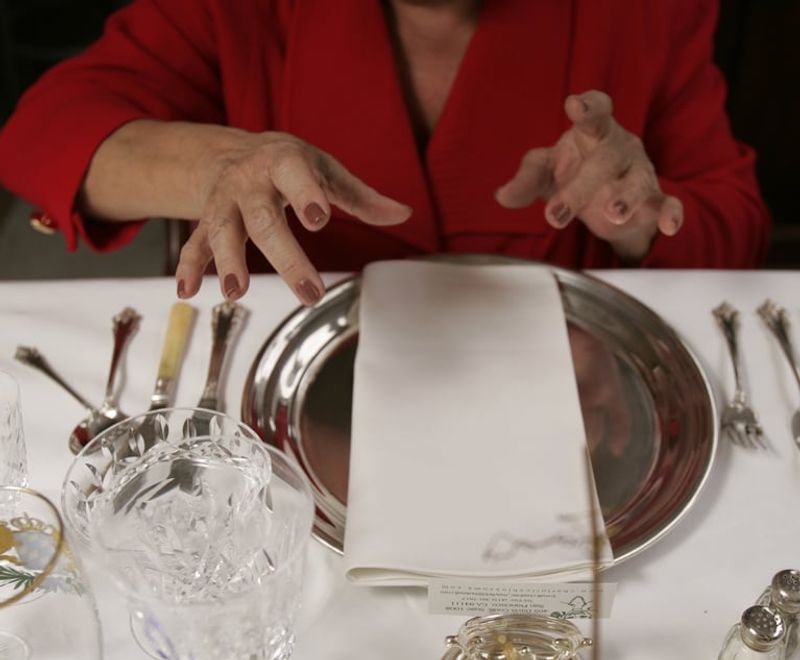In a rapidly evolving world, younger generations are redefining which traditions are worth keeping. While some customs are cherished, others are being left behind. This shift is shaped by technological advances, environmental concerns, and changing social norms. Here, we explore 20 traditions that younger generations are steering away from, as they forge new paths and reshape cultural landscapes.
1. Formal Letter Writing
Remember the days of painstakingly jotting down heartfelt sentiments in beautiful cursive? Formal letter writing was once an art, filled with elegance and personal touch. But in today’s digital age, instant communication reigns supreme.
Emails and text messages have overshadowed handwritten notes, offering immediacy and convenience. The younger crowd sees stationery as an outdated hassle, and many shy away from cursive writing altogether.
As technology advances, the charm of formal letters fades, leaving behind memories of love letters and handwritten condolences. But who really has time for snail mail anymore?
2. Daily Newspaper Subscriptions
Morning routines once included flipping through crisp newspapers, catching up on world events over a cup of coffee. Now, smartphones and tablets have taken over, providing news at our fingertips.
Why wait for the morning paper when a universe of information is a tap away? Younger generations prefer real-time updates through apps and social media, leaving print copies gathering dust.
Environmental concerns also play a role; digital news leaves a smaller footprint. While nostalgia lingers for some, the convenience of digital news is a clear winner.
3. Wearing “Sunday Best”
Once upon a time, Sundays were reserved for dressing to the nines. Formal attire like suits and dresses were a must for church services and family gatherings. However, times have changed. Casual is in!
Younger generations embrace comfort and self-expression over traditional dress codes. Why squeeze into uncomfortable clothing when jeans and tees suffice?
In a world where self-expression is celebrated, the idea of “Sunday best” feels like a relic of the past. Suit and tie? Maybe next time.
4. Driving Children to Every Activity
Do you recall chauffeuring kids from dance to soccer and back, filling your calendar with endless errands? For many parents, it was the norm. But today, ridesharing and community carpools have eased the burden.
Neighborhoods have become more walkable, granting teens newfound independence. Parents are relieved of the relentless taxi service, finding more time for themselves.
Younger generations see the value in self-reliance, preferring autonomy over constant parental supervision. It’s a win-win for families seeking balance and independence.
5. Owning a Landline Phone
Landline phones were once a household staple, the communication nucleus of family life. But with smartphones in every pocket, the landline’s reign has ended.
Why pay for a service anchored in one spot when mobility and versatility rule? Younger generations find landlines redundant and costly.
As smartphones become the norm, landlines are being phased out, leaving nostalgic echoes of busy signals and tangled cords. For the tech-savvy, the choice is clear: mobile all the way.
6. Tipping in Cash
Remember dropping dollar bills as a token of gratitude for good service? Today, digital payments have transformed the tipping tradition.
Young patrons favor apps that auto-add tips to their transactions, sidestepping the need for physical cash. Splitting bills is a breeze, but carrying cash? Not so much.
As society becomes cashless, the ritual of cash tipping fades. Digital payments are convenient, discreet, and just a tap away. The art of cash tipping may soon be a charming memory.
7. Strict Gender Roles
Gone are the days when “pink is for girls” and “blue is for boys” dictated life choices. Strict gender roles are crumbling as younger generations embrace fluid identities.
For them, hobbies, chores, and career paths lack gender-based restrictions. This shift fosters inclusivity and personal freedom, challenging outdated stereotypes.
Young people today rewrite the rulebook, choosing relationships and interests without societal constraints. The future is where individuality thrives, beyond the binary.
8. Brick-and-Mortar Shoe Repairs
Once, cobblers were heroes, stitching life back into beloved shoes. But as fast fashion dominates, the cobbler’s craft is endangered.
Affordable footwear tempts consumers to buy new rather than repair worn-out pairs. The price of mending often exceeds the cost of replacement.
Younger generations lean toward convenience, leaving the art of shoe repair in the past. While nostalgia clings to cobbler shops, the fast-paced world moves on.
9. Family-Style TV Viewing
Family nights by the TV used to be a household tradition. But with streaming services and personal devices, the shared viewing experience is dwindling.
Younger generations prefer customized content on their own screens, carving out individual entertainment time.
“Appointment TV” feels antiquated in an age of on-demand shows. Personal playlists trump scheduled programming, changing the fabric of family evenings.
10. Collecting Physical Albums
Music lovers once cherished physical albums, lining shelves with vinyl and CDs. But digital streaming has revolutionized how we experience music.
Why clutter space when you can store millions of songs in your pocket? Younger generations embrace convenience, leaving tangible collections behind.
The warmth of vinyl remains an allure for some, but digital access is irresistible, reshaping how we connect with melodies.
11. Hand-Mown Lawns
The hum of lawnmowers was once a weekend soundtrack, but times are changing. Hand-mown lawns are yielding to busy lifestyles and community services.
Shared lawn-care solutions free up young homeowners, who prefer leisure over labor. Environmental concerns also play a role, as pristine lawns may not be sustainable.
As priorities shift, the manual mow becomes a relic, replaced by modern efficiency.
12. Elaborate Holiday Cards
The tradition of mailing elaborate holiday cards with lengthy letters is fading as digital greetings take center stage.
Social media offers instant updates and festive cheer without the need for stamps or stationery. Younger generations find digital communication more efficient and environmentally friendly.
While nostalgia clings to handwritten cards, the digital era redefines how we share holiday joy.
13. Going to the Mall
Gone are the days of spending weekends ambling through malls. Younger generations favor e-commerce and outdoor activities over enclosed shopping spaces.
Malls struggle to compete with the convenience of online shopping and unique boutique experiences.
As retail evolves, the traditional mall faces an uncertain future. Why browse aisles when you can click and buy from home?
14. Manual Transmission Cars
Driving stick-shift was once a rite of passage, but the manual transmission is becoming a rare skill.
With automatic and electric vehicles taking over, fewer young drivers learn the art of shifting gears. Convenience and ease are prioritized.
While enthusiasts cherish the thrill of manual driving, younger generations opt for simplicity and efficiency in their wheels.
15. Paying with Checks
Writing checks was once a common method of payment, but digital transactions have ushered in a new era.
Online banking and mobile wallets offer convenience, making checks feel cumbersome and outdated.
Younger generations eschew the hassle of paper, opting for seamless, electronic solutions. The check’s legacy fades as technology advances.
16. Formal Etiquette Classes
Debutante balls and etiquette classes taught rigid manners that younger generations find outmoded.
Today, authenticity trumps formality, and social etiquette evolves with the times.
Younger individuals embrace genuine interactions, leaving behind the polish of old-world charm schools. The focus is on being real, not rehearsed.
17. Print Recipe Cards
Grandma’s recipe cards were kitchen treasures, but digital solutions have taken the culinary spotlight.
Online tutorials and digital cookbooks offer searchability and ease, making printed cards seem cumbersome.
Younger cooks appreciate the adaptability of digital formats, leaving behind the nostalgia of handwritten recipes. As culinary traditions evolve, so do our tools.
18. Worrying About Cell Reception
Remember anxiously eyeing signal bars to make a call? Those days are fading as technology ensures connectivity.
Wi-Fi calling and expanded coverage erase the fear of “no service” zones, keeping younger generations always connected.
As signal worries decline, focus shifts to seamless communication and unlimited data plans. The digital world is always within reach.
19. Hosting Dinner Parties
Elaborate dinner parties were once the pinnacle of social entertaining, but today’s hosts seek simplicity.
Busy schedules and dietary preferences make informal potlucks more appealing to younger generations.
Connection over complication defines modern gatherings, where authenticity and enjoyment take precedence over perfection.
20. Passing Down Physical Photo Albums
Physical photo albums once captured family memories, but digital galleries are transforming how we preserve moments.
With the rise of cloud-sharing, younger generations opt for digital slideshows, embracing convenience and space-saving solutions.
As screens replace books, the way we cherish memories evolves, yet the sentiment remains timeless.




